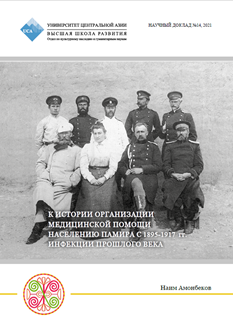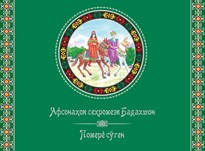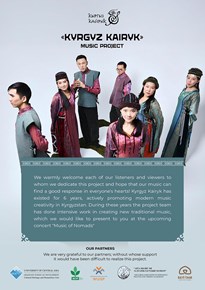On the History of Organizing Medical Help to the Pamiri Population from 1895 to 1917. Infections of the Past Century
Abstract
The division of the Pamirs caused changes in many aspects of the life of the population, both on the right and left banks of the Panj River, which, in particular, affected the quality of the population’s health in the region. Many researchers wrote about health care in the Pamirs at that time, focused on traditional medicine, local healers, and representatives of modern Western medicine, who brought the first scientifically grounded modern methods of treatment for serious illnesses. Particularly, treatment for infectious diseases, which at that time were serious issues, both in the Russian Empire and throughout the world.
Despite the division of the border, northern Afghanistan remained the main source of the occurrence of such diseases, although local knowledgeable clergy and healers, such as the famous Shohzodamuhammad did everything that was in their capacity to prevent the diseases. However, unsanitary conditions and the addictions of the local population only worsened the situation. Having examined numerous archival documents, reports, and previously conducted studies, we carried out a retrospective analysis of this period from the moment of the demarcation of the Pamirs to the 1917 revolution and compared the relative health status, prevalence of infectious diseases, and methods of improving the quality of people’s health in the Pamirs. We divided this time into four historical periods that include important events and main figures that contributed to the development and formation of health care in the Pamirs.








